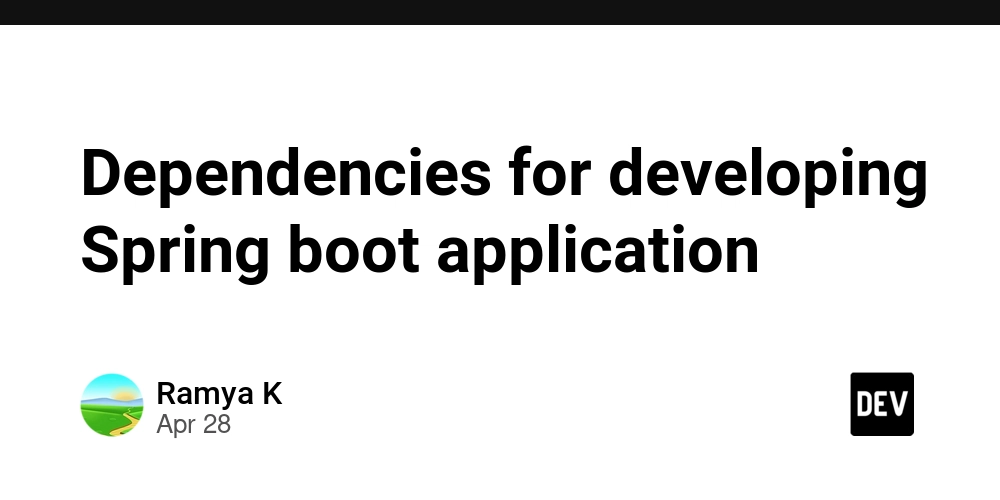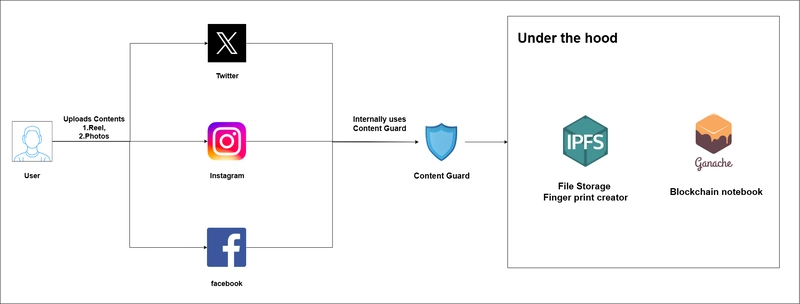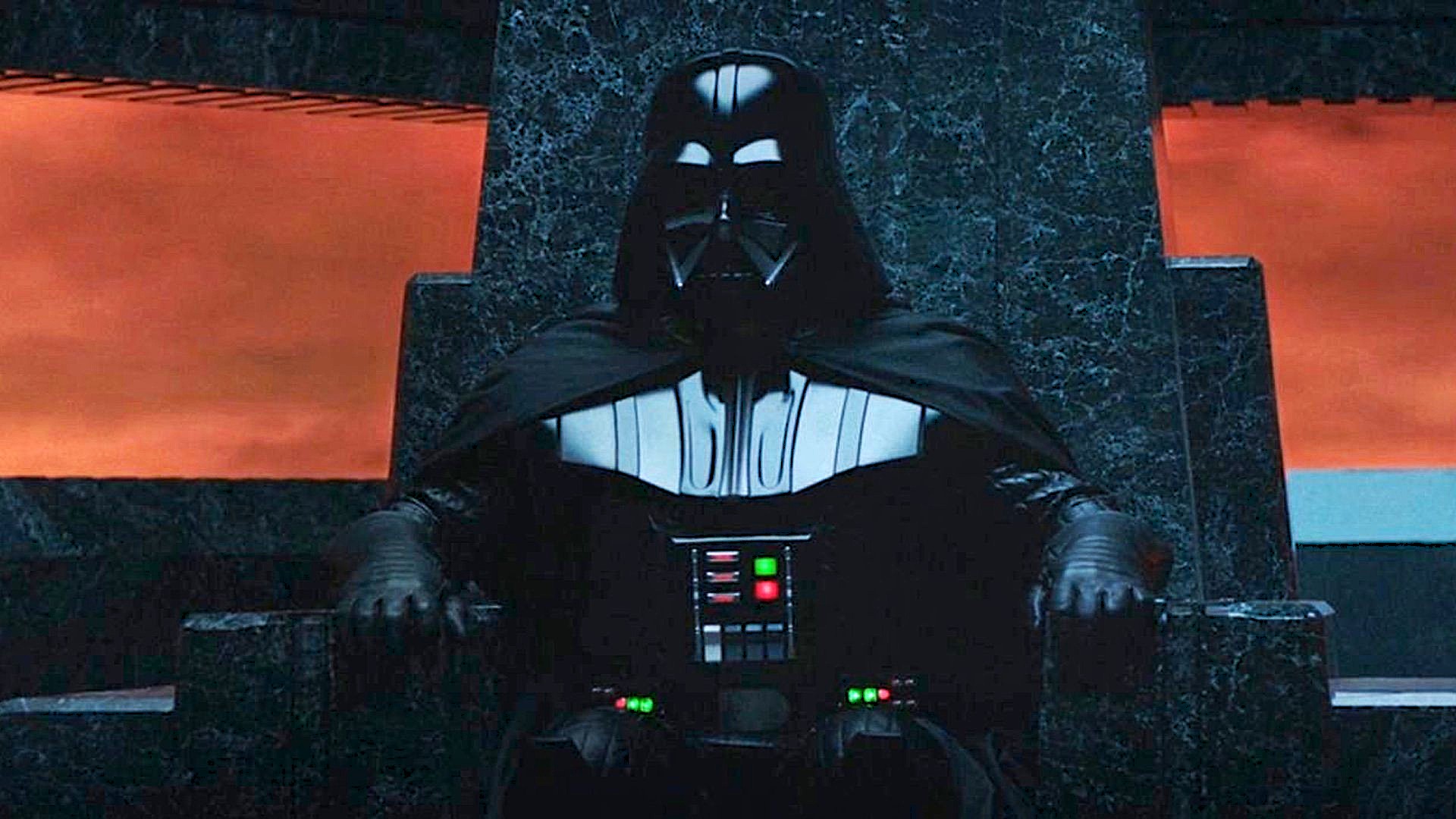Scout’s Analysis: Three youngsters having breakout playoff performances
Former NHL scout Jason Bukala writes about three young players who are delivering on their promise so far in these playoffs and having breakout performances at the toughest time of year.

The first round of the Stanley Cup Playoffs always provides several surprises and storylines. Every spring there are examples of veteran teams eyeing a long run that find themselves in a dog fight simply to get out of Round 1. Or you might have players acquired at the trade deadline to assist with pushing an organization over the top instead struggle to have an impact with their new team.
As a former NHL scout, I’m always intrigued to see how the younger wave of players perform at the hardest time of the year. Veteran players are generally more predictable to project in terms of how they will respond to the increased physicality and overall detail required at this time of the season. But players who are only just starting out in the league, or playing in the playoffs for the first, second, or maybe third time, are still learning what it takes to win.
In this year’s playoffs, so far there have been several “young guns” who have stood out to me in the first round.
-

-
Watch the Stanley Cup Playoffs on Sportsnet
The NHL’s best are ready to battle for the right to hoist the Stanley Cup. Watch every game of the Stanley Cup Playoffs on Sportsnet and Sportsnet+ beginning on April 19.
Montreal Canadiens defenceman Lane Hutson, for example, has played to his identity offensively while also displaying some room for further growth defensively. Toronto Maple Leafs power forward Matthew Knies continues to evolve and has been deployed in all situations for Toronto in their series against the Ottawa Senators.
So today I’m focusing on three other younger players who have caught my attention for one reason or another in the opening round.
Kaiden Guhle, Montreal Canadiens
Guhle missed time with injury this year and although the Canadiens found a way to get the most out of their entire defence corps in his absence, his presence on the blue line cannot be understated.
Guhle averages around 22 minutes per game of ice time. He’s a two-way defenceman and an excellent skater who never backs down from physical confrontation. He spills over the boards in key matchups against top six forwards every time he hits the ice. Guhle provided some secondary offence in the regular season (6G-12A in 55GP) but it’s his attention to detail defensively that stands out.
If he hadn’t missed so much time he would have led Montreal’s defencemen in hits and shot blocks. He was credited with 104 hits and 124 blocks in the regular season and that role has carried over to the playoffs versus Washington. Guhle has 12 shot blocks in the series.
I envision Guhle continuing to evolve and solidifying himself as Montreal’s top matchup defenceman. He’s signed to an extension that kicks in next season and counts $5.5 million against the Habs’ salary cap until the end of the 2030-31 season. That contract should bring value to the team and age very well. Guhle will only be 29 years old when he hits free agency at the end of his next contract.
Jake Sanderson, Ottawa Senators
The Sens have been building towards being a playoff team for several years and now that they’re here, the group has given the Toronto Maple Leafs all they can handle in the first round. A big reason for that is the play of Sanderson.
Sanderson’s year over year defensive statistics fell off this season compared to last. He finished the regular season with a minus-14 rating compared to a plus-8 last year, but the statistic is misleading when considering the hard minutes Sanderson endures every night for Ottawa. He averages over 24 minutes of ice time per game and he’s deployed in all situations, including matching up against top lines and power play units.
So far in the series versus Toronto, Sanderson has seen his ice time average jump to nearly 28 minutes per game. The increase in minutes is mostly due to the fact the two teams have gone to overtime three out of the four games in the series, but it also reinforces the reality of how important Sanderson is to Ottawa’s success. He leads the team with eight shot blocks and scored the winning goal in overtime of Game 4. Sanderson is an elite skater who quarterbacks the power play and places himself in the fight defensively.
Here are two simple examples of the finer details I’ve seen in Sanderson’s game during these playoffs:
In the first clip he is quarterbacking the Senators’ power play. Puck placement is a very important part of being an efficient distributor with the man advantage. In order for a shooter to one-time a puck from the flank he has to rely on the quarterback passing him the puck in his “wheelhouse”. In this case, Sanderson places the puck perfectly for Tim Stutzle:
The second clip displays how Sanderson battles with his check, Calle Jarnkrok, out in front of the Ottawa net in the dying seconds of Game 4 with the score tied 3-3. There’s nothing sexy about the sequence, but it proves how simple the game can be when a defenceman is in the proper position. In this case it leads to a routine shot block in a key time of the game.
The Ottawa Senators are on the rise and a big part of their future success rests in Sanderson’s hands. Sens fans have to be excited about the fact Sanderson is signed through 2032 with a contract that will age well. A player with Sanderson’s value who’s signed to a deal that counts $8.05 million against the rising salary cap is a win for the organization.
Boldy is a playoff veteran compared to Guhle and Sanderson. He had already suited up for 12 playoff games with the Wild before the start of their series with Vegas.
Boldy’s entire game has evolved. In the regular season he led Minnesota with 27 goals and 73 points and averaged over 20 minutes of ice time per game. Almost all of his ice time came at even strength and the power play. Boldy was only used in mop up duty on the penalty-kill.
In this first round series versus Vegas he is being deployed in all situations and averaging nearly 25 minutes per game of ice time. The Wild’s coaching staff clearly trust him more than they have in the past and he’s being rewarded with more ice time in high leverage scenarios.
In Boldy’s first 12 playoff games before this series, he produced 1G-3A and was a minus-6. So far against Vegas, he has contributed 4G-2A and is a plus-3. Embedded in his average time on ice is his role on the penalty-kill that has him on the ice for 2:28 per game.
Here’s an example of what I’m describing when monitoring the overall detail Boldy is providing the Wild so far in the playoffs.
In this clip Boldy engages defensively to protect the crease area. When the play moves out to his check he fronts the shooter for the shot block. The puck eventually ends up on Kirill Kaprizov’s stick and he makes an unbelievable sauce pass to Boldy who is exploding through the neutral zone.
Similar to Guhle and Sanderson, Boldy is signed long-term in Minnesota. His contract counts $7 million against the salary cap and doesn’t expire until the end of the 2029-30 season.
With the way his entire game is evolving, and not just the offensive element that he has already proven to possess, it’s a contract that should provide immense return on investment for the Wild.














































































